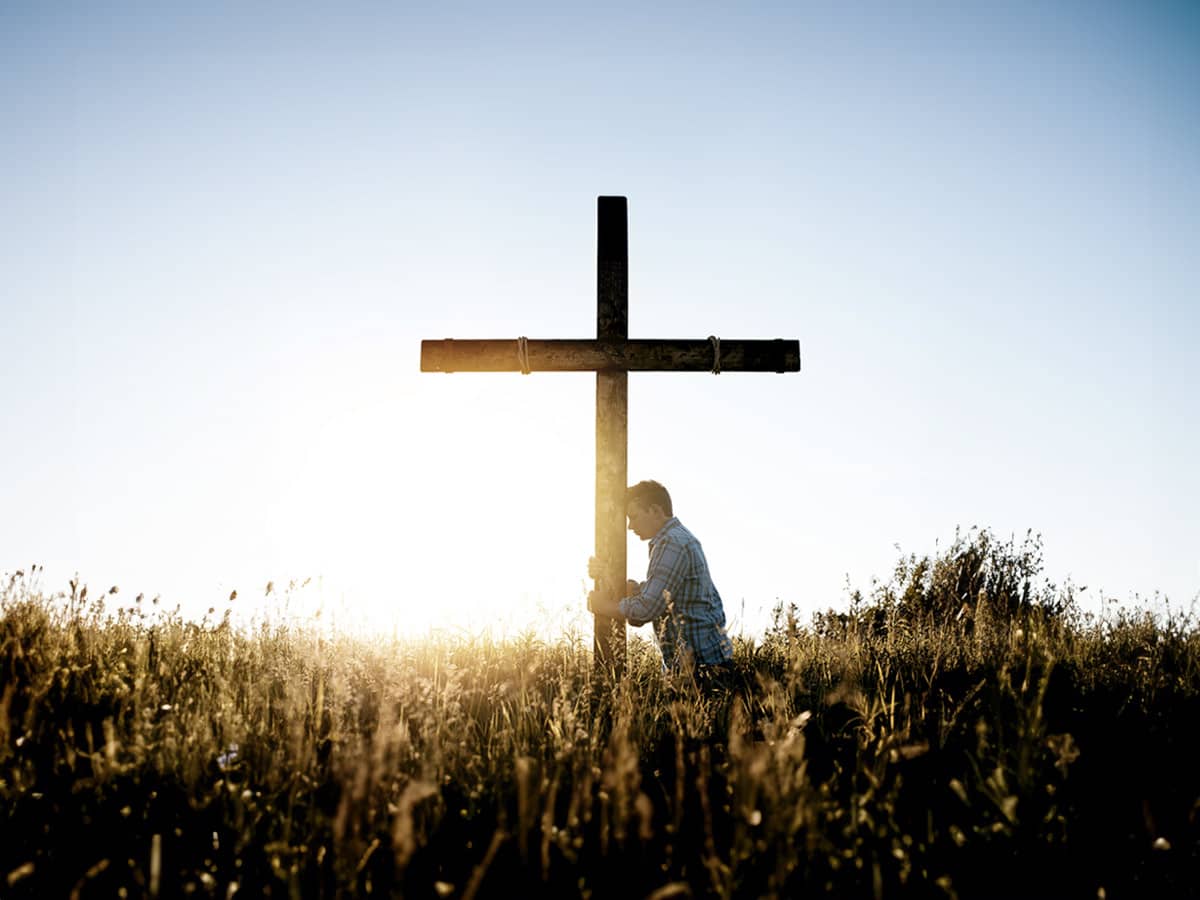
Imagine being given an old church directory with pictures of all the families in the church 10 years ago. As you look through the pictures, marveling at how all the children had grown through the year, you stumble across a family you don’t recognize. When you ask about the family’s identity, you realize that you know the family but perhaps didn’t recognize them in the dated photos. There are several reasons why we may sometimes fail to recognize those who should be familiar to us.
Recognition might be elusive to someone due to the natural physical changes brought about by the passage of time or perhaps because a person has so drastically changed their appearance in some manner that recognizing them becomes impossible. Sometimes, we fail to recognize that someone says more about us than them. In the case of Jesus and the disciples on the road to Emmaus, one must ask why these two men didn’t immediately know who Jesus was. Doubtless, they would’ve been in Jesus’ presence often, and they likely would’ve witnessed His teachings and miracles in an up close and personal matter, though neither of these men was part of the original 12 disciples.
Jesus appears on Emmanus Road.
In chapter 24 of Luke, we learn that on that day, these disciples were going to a village called Emmanus. They’d been in Jerusalem for the Passover, and now they were returning home. “That very day” refers to the day of Jesus’ resurrection, and Luke seems to underscore how, on the day the heavens were celebrating, these men were walking away with sorrow and regret. If there was a day in the world’s history that called for renewed hope and a shout of victory, it was this day. Instead of joy, these men are disappointed and let down. Luke 24:15 tells us that while they were walking and talking, Jesus appeared and started traveling with them. If you were reading this for the first time and were unaware of what would happen next, we might expect a grand celebration to erupt on Emmanus Road when these men realize that Jesus was walking next to them.
Will they fall and worship or tackle Him with a warm embrace? The answer is no to these possibilities. Instead, Luke says that their eyes stopped them from recognizing Him. To the disciples, Jesus seemed to be a random traveler returning to His home, seemingly unaware of the events that altered the course of history on that day.
Jesus appears on the shoreline and in the garden.
This wasn’t the only time in the New Testament that disciples didn’t immediately recognize the resurrected Jesus, but it’s the only one that seems to require a supernatural explanation. According to John, Mary Magdalene was crying at Jesus’ grave when He appeared and asked her what was wrong, as detailed in John 20:15. Then, the Bible makes a peculiar statement, which has much more meaning than our present platform allows us to explore, as we’re told that Mary thought Jesus was the gardener and thought he could’ve moved Jesus’ body.
It’s not until He called her name that Mary realized that this man was the resurrected Christ. John also records another account of a fishing expedition in which seven of the disciples had fished all night but didn’t catch anything, as explained in John 21. When the sun started rising, Jesus called out to them from the shore, telling them to cast their nets on the right side of the boat. Without knowing it was Jesus who spoke to them, they followed His instructions and caught 153 fish in one net. It was then that John recognized Jesus.
Why didn’t the disciples recognize Jesus after His resurrection?
The Bible doesn’t specifically share why Christ’s followers didn’t always recognize Him after His resurrection. As a result, some of the following is speculation. However, there are a few things that may explain why disciples did not recognize Jesus immediately when He appeared to them after His resurrection. First, even though Jesus predicted that He would rise on the third day, the disciples didn’t fully understand because they weren’t looking for Him to be resurrected, which can account for some of their shock and surprise at seeing Him. For example, when Mary Magdalene mistook Jesus for a gardener in the garden, we don’t know how far she was from Jesus when she misidentified Him.
It could be that she was too far to recognize who He was until He spoke to her clearly. Second, we should remember that since it was early in the morning, the light wouldn’t have been very bright, which could’ve made it more challenging for her to see Him clearly. When we add that with the fact that she wasn’t expecting to see Him alive, it’s easy to see why she didn’t recognize him from a distance until He spoke to her. The instance where the disciples didn’t recognize Jesus while they were out fishing could also be related to the distance Jesus might’ve been from them. As for the two disciples on Emmaus Road, it seems that they were supernaturally stopped from recognizing Him.
Perhaps Jesus had taken on a different appearance to keep Himself from being recognized, but why would He do this? The Bible doesn’t say. Maybe Jesus veiled His identity so the two men would think through what Jesus was saying instead of unquestioningly accepting the teaching, as they likely would’ve if they’d known it was Jesus. What we know for sure is that it was Jesus who appeared to them because of all the testimonies of those who saw the resurrected Christ. Additionally, there was the witness of the incredible change that happened in the lives of the disciples. Immediately before and after the crucifixion, the disciples were in hiding.
However, after spending time with the resurrected Christ, they became fearless evangelists who boldly proclaimed the Gospel no matter how strong the opposition was. Eventually, they would all give their lives for the sake of the Gospel. Only witnessing the resurrected Christ can account for that radical change.

